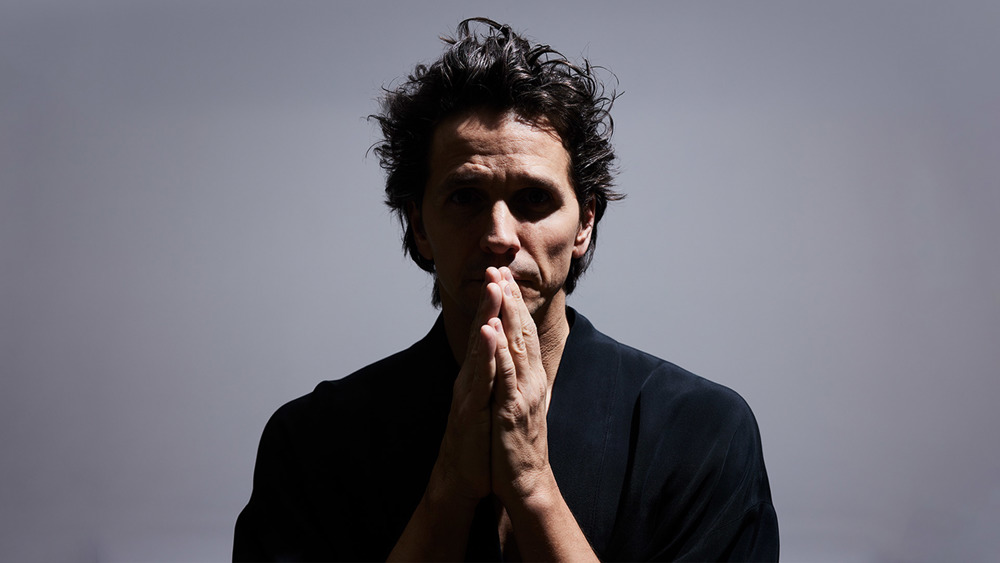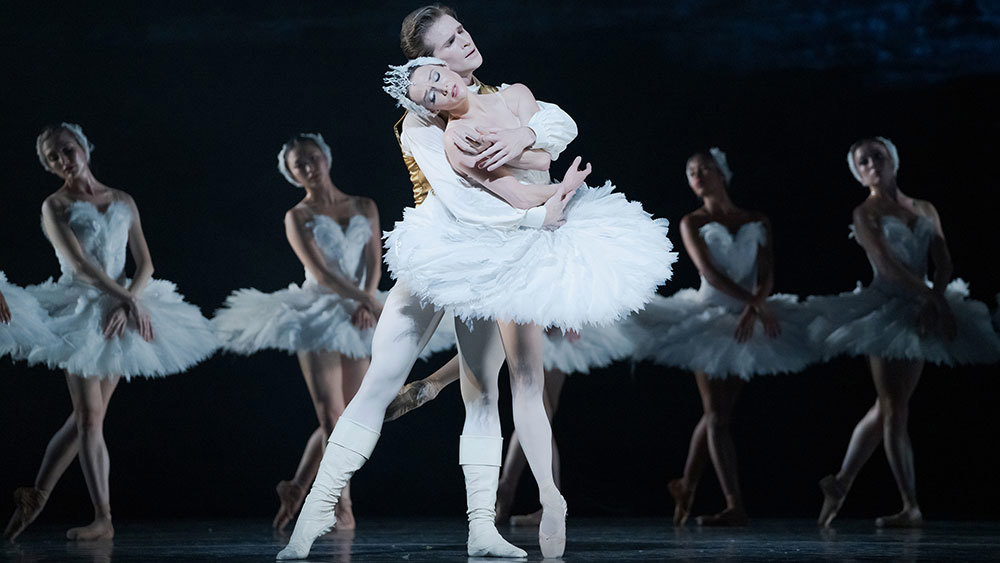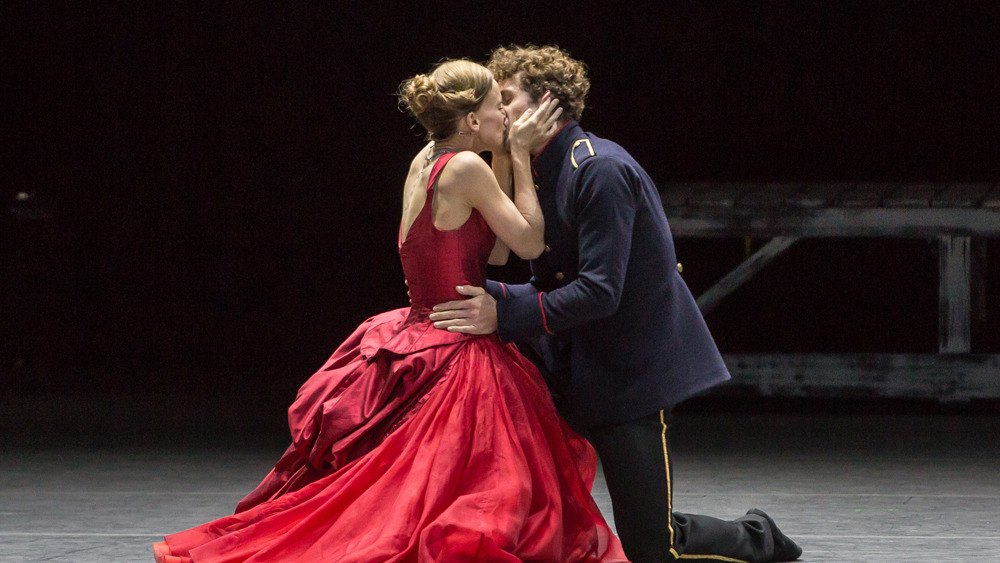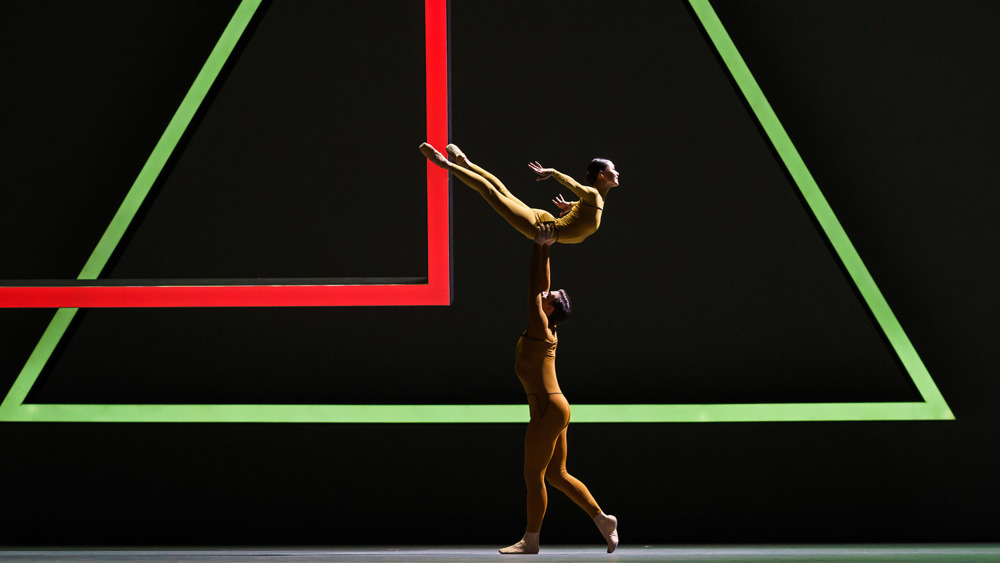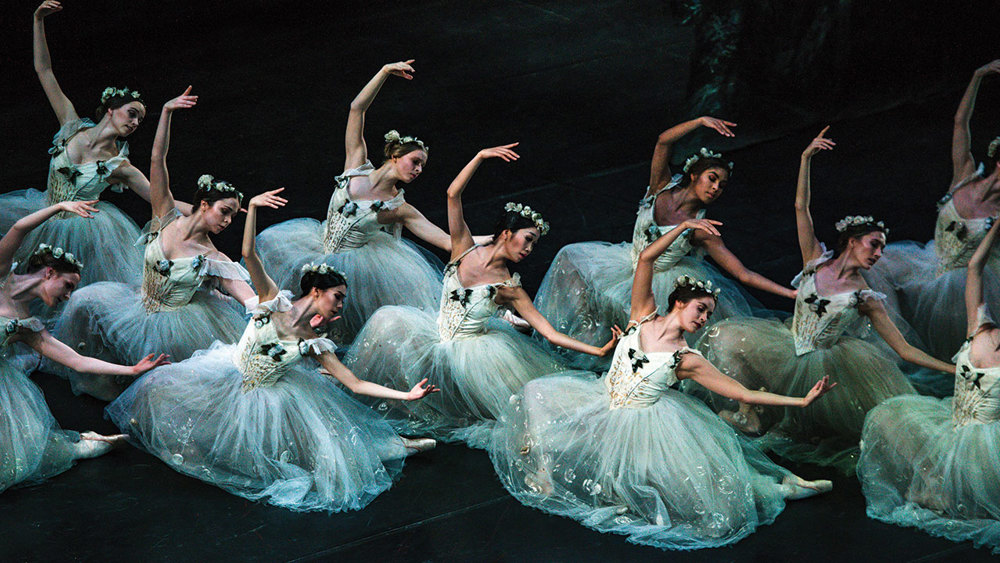The 2024/25 Season: A Conversation with Hope Muir
By Caroline Dickie
February 21, 2024
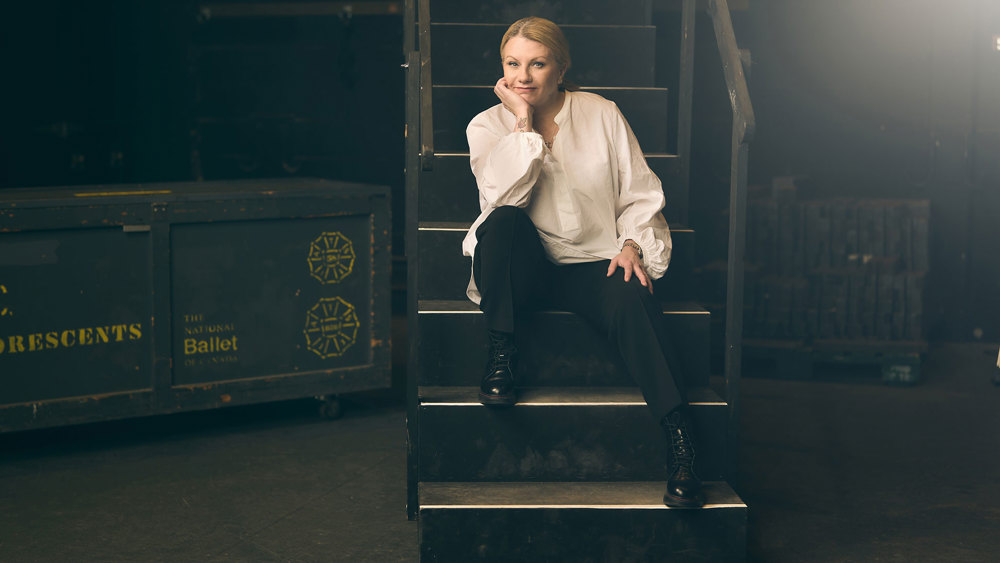
Hope Muir, Joan and Jerry Lozinski Artistic Director, has just announced a phenomenal 2024/25 season, filled with diverse new creations, genre-breaking acquisitions and timeless ballets in the classical tradition. Celebrations of Guillaume Côté are central to the programme as he prepares to retire from his role as Principal Dancer in June 2025. Here, Hope shares some of the highlights.
How did Guillaume’s retirement factor into your programming?
Guillaume has contributed so much to the artistic profile of The National Ballet of Canada in addition to being an international artist and choreographer. I felt it was important to honour the many facets of his life in dance as he takes this next step. Guillaume will be performing and staging original choreography that speaks to his passion for music, creative collaboration and multidisciplinary performance. In November, he will present the mainstage premiere of his 2014 solo Body of Work, which was originally an homage to fellow Québec dancer Anik Bissonnette. He will then perform a second solo in June, a world premiere collaboration with filmmaker Ben Shirinian called Grand Mirage that headlines our “Adieu” mixed programme, which we are dedicating to him. As an added tribute, we are including Guillaume’s Bolero as part of Adieu.
One of the most exciting works of the season is the North American premiere of Christian Spuck’s Anna Karenina. What can you tell us about it?
Christian is a highly respected colleague and the current Artistic Director of Staatsballett Berlin. I’m a huge admirer of his canon of work, which feels very contemporary but anchored in strong classical vocabulary with a keen and innate dedication to storytelling. Anna Karenina, which he created for Zürich Ballet in 2014, is a perfect showcase for Christian’s talent. It’s a dramatic full-length production based on Leo Tolstoy’s novel, with its rich themes of social reform, class structure, marriage, family and desire. I’m so excited for the company to begin a relationship with Christian through this sublime work and to continue our personal creative connection that has spanned nearly 20 years.
Tell us about some of the new work you’ve commissioned for the season.
I will always strive to commission and acquire new work because the future of the art form depends on our readiness to explore new modes of storytelling and choreographic languages. For our Fall Mixed Programme, we have acquired Silent Screen by Sol León and Paul Lightfoot, who have created a vast body of work in Europe that is rarely experienced in North America. We are also bringing a new work from Marco Goecke to open the Winter Mixed Programme, Morpheus’ Dream. This edgy duet is brilliantly crafted with abundant energy, impactful aesthetics and atmospheric sound, featuring the piano music of Keith Jarrett and vocals by Lady Gaga. Our Summer Mixed Programme, Adieu, is devoted entirely to Canadian choreographers and three of the four works are world premieres: Guillaume’s Grand Mirage plus new creations from Choreographic Associate Ethan Colangelo and Jennifer Archibald, who works with a relevant vernacular of Hip Hop, contemporary movement and ballet. We will also present Guillaume’s Bolero as part of the programme.
You have also acquired a second work from David Dawson called The Four Seasons. What inspired that choice?
I wanted to follow the amazing success of David’s Anima Animus in 2023 with a bigger vehicle for him to engage with more of our dancers. The Four Seasons is a zeitgeist contemporary ballet that embodies the music, which sees Max Richter reimagining Vivaldi’s The Four Seasons.
How have you maintained the National Ballet’s commitment to the classics amidst the new work and acquisitions?
We’re presenting two beloved legacy ballets next season, starting with Sir Peter Wright’s Giselle in November. This is a signature piece for our company and, over generations, our dancers have excelled navigating its technical and dramatic demands. We’re also revisiting Karen Kain’s Swan Lake from a place of new strength and stability, diving back inside the creative process that was captured in the documentary, Swan Song. It’s important that we continue to share the rich artistic palette these works provide with dancers and audiences today.
There are other references to the National Ballet’s unique legacy as well, such as our celebrations of Sir Frederick Ashton and Antony Tudor, who are both formative figures in our repertoire. These lines of continuity are so powerful and there is a deep sense of responsibility within the company to maintain them.
In short, what should people feel most excited for next season?
The incredible breadth of work – and the lineage and creative growth it reflects. Guillaume Côté is such an important part of the National Ballet. I hope people will join the celebrations of his extraordinary career.
Top Photo: Hope Muir. Photo by Karolina Kuras.
